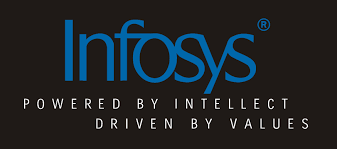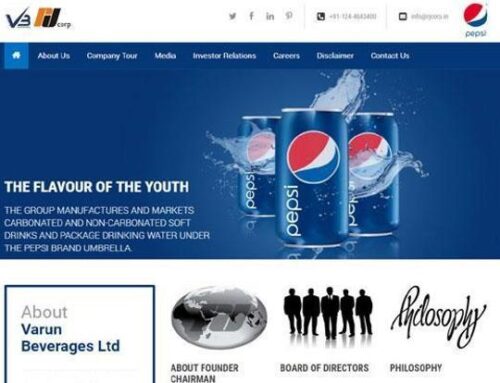Industry Overview: India is regarded as the premier destination for global IT and ITeS outsourcing, accounting for almost 55% of the global sourcing market in 2010, according to the Ministry of Communications and Information Technology. The ITeS sector includes IT hardware, software, and services. The Indian IT-BPO sector is estimated to have aggregated revenues of USD 88.1 billion in 2010–2011, with the IT software and services sector (excluding hardware) accounting for USD 76.2 billion. During this period, direct employment is expected to reach nearly 2.5 million, an additional 240,000 employees, while indirect job creation is estimated at 8.3 million. As a proportion of national GDP, the sector revenues have grown from 1.2% in 1997–1998 to an estimated 6.4% in 2010–2011. In addition, its share of total Indian exports (merchandise plus services) has increased from less than 4% in 1997–1998 to 26% in 2010–2011, as per the report of the working group on the IT sector for the 12th Five-Year Plan (2012–17).
The IT-BPM sector in India grew at a Compound Annual Growth rate (CAGR) of 15 percent over 2010-15, which is 3-4 times higher than the global IT-BPM spend and is estimated to expand at a CAGR of 9.5 percent to US$ 300 billion by 2020. The main growth drivers of the IT and ITeS industry are cost efficiencies, utilization rates, diversification into new verticals, and shifting business and pricing models. India is a preferred destination for companies that are seeking to offshore IT and back-office functions. It also retains its low-cost advantage and is a financially attractive location when viewed in combination with its business environment and skilled people’s availability. The country is also known worldwide for its thriving export-led software industry.
Software and services exports (including ITeS-BPO), excluding hardware exports, were estimated at USD 59 billion in 2010–11, as per NASSCOM, India’s premier association in the IT sector. Software and services exports constituted more than half of the electronics and IT-ITeS industry’s revenues in 2010–11. Between April 2000 and March 2011, the computer software and hardware sector received a cumulative foreign direct investment (FDI) of USD 10,723 million, according to the Department of Industrial Policy and Promotion (DIPP), which is part of the Ministry of Commerce and Industry and which is responsible for formulating the country’s FDI policy. As per the task force report set up by the Ministry of Communications and Information Technology (MoC&IT), the demand for electronics hardware in the country is projected to increase from USD 45 billion in 2009 to USD 400 billion by 2020. The task force has been set up to suggest measures to stimulate the growth of the IT-ITeS and the electronics hardware manufacturing industry in India. According to the executive summary report published by the Department of Electronics and Information Technology, MoC&IT, the sector has grown to become the most significant employment generator in the country; direct employment within the IT-BPO sector was expected to be 2.5 million, and indirect employment was estimated to be about 8.3 million in 2010–11. As per NASSCOM estimates, the workforce in the Indian IT sector will touch 30 million by 2020.
The recent developments in E-Commerce are essential as some big players like Amazon, eBay, and Alibaba groups are investing. Indian E-Commerce companies like Flipkart and Snapdeal were also receiving significant FDI. Due to this, The Infrastructure, which is also essential for the business, is developing.
Company Overview: An Indian multinational company operating in Information Technology, Business consulting, Business application development, and outsourcing services.
Bangalore Based the third-largest IT company in India and was founded in 1981 by Narayan Murthy, Nandan Nilekani, S. D. Shibulal, S Gopalakrishnan, and others. The company went public in 1993, At ₹98 per share. Today the company works with more than 890 clients all over the world. The company is the leader in software development for many businesses like insurance, banking, and Manufacturing. However, their primary product is finance, banking solutions applications catering for all retail banking.
Due to its recent acquisitions and change in strategy, the company is also operating on a cloud and e-commerce setup. Vishal Sikka, a New leader of INFOSYS, is trying to change many things in the company.
SHAREHOLDINGS: BSE Data
Financials and Ratios : [table id=16 /]
Future Prospects: Like the big part of revenue comes From (US + Europe), it is a significant difficulty for the company. It is also expected that expenditure all over the world will be below. It was the first Indian firm that received a visual hit from Brexit. RBS canceled the contract with the company and reduced its workforce, which Shows that everything was not good. But that will give an excellent chance to buy the company’s shares at an exceptional level. It was the company that increasing Topline by more than 10% for more than ten years. The world need IT, and the way management is changing is essential. Finally, impossible to ignore the Cash in the pocket of the company. US business will be intact and grow if Hillary Clinton becomes President. Invest if it suits your Risk appetite.
References




